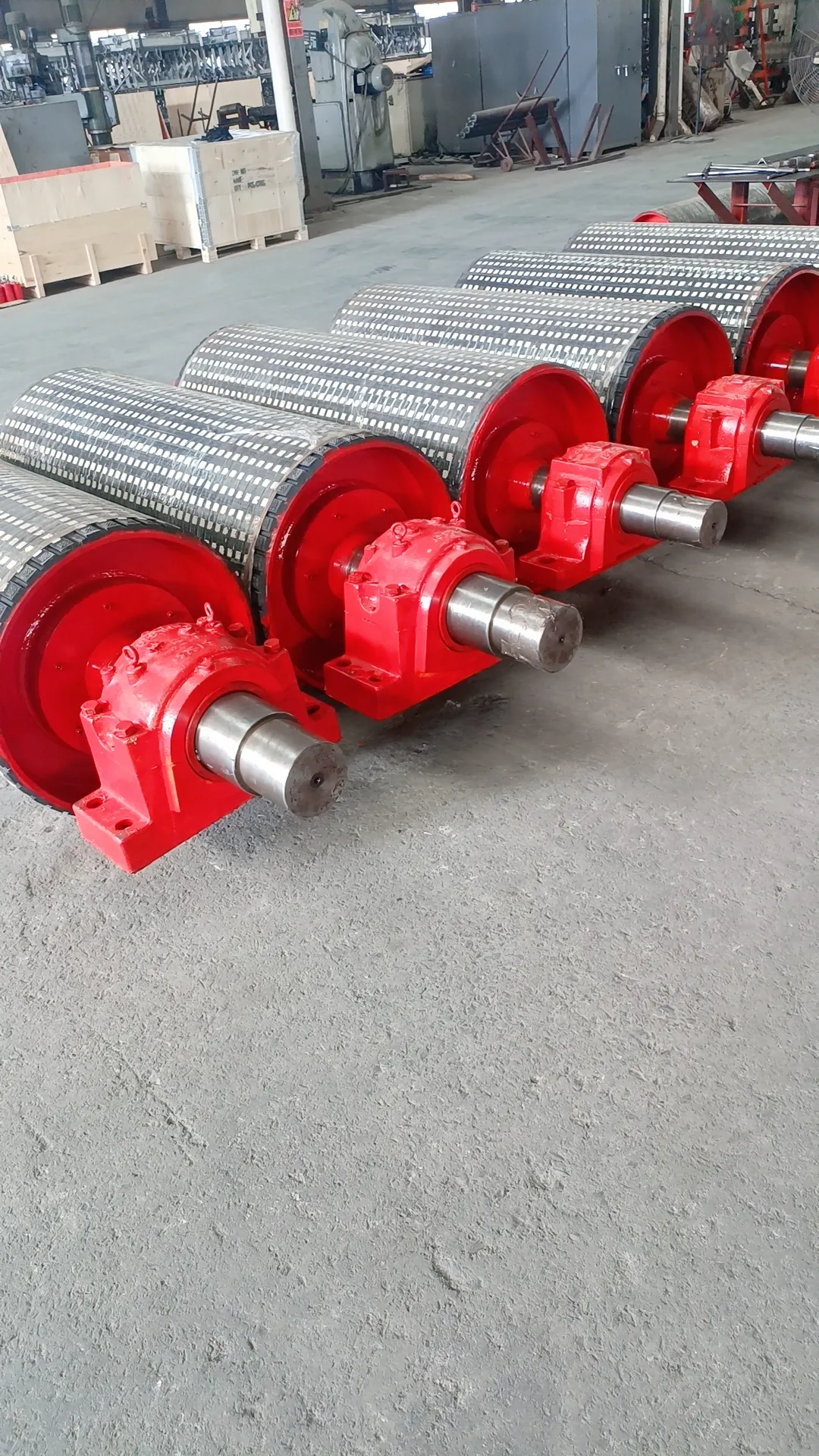 Afrikaans
Afrikaans  Albanian
Albanian  Amharic
Amharic  Arabic
Arabic  Armenian
Armenian  Azerbaijani
Azerbaijani  Basque
Basque  Belarusian
Belarusian  Bengali
Bengali  Bosnian
Bosnian  Bulgarian
Bulgarian  Catalan
Catalan  Cebuano
Cebuano  Corsican
Corsican  Croatian
Croatian  Czech
Czech  Danish
Danish  Dutch
Dutch  English
English  Esperanto
Esperanto  Estonian
Estonian  Finnish
Finnish  French
French  Frisian
Frisian  Galician
Galician  Georgian
Georgian  German
German  Greek
Greek  Gujarati
Gujarati  Haitian Creole
Haitian Creole  hausa
hausa  hawaiian
hawaiian  Hebrew
Hebrew  Hindi
Hindi  Miao
Miao  Hungarian
Hungarian  Icelandic
Icelandic  igbo
igbo  Indonesian
Indonesian  irish
irish  Italian
Italian  Japanese
Japanese  Javanese
Javanese  Kannada
Kannada  kazakh
kazakh  Khmer
Khmer  Rwandese
Rwandese  Korean
Korean  Kurdish
Kurdish  Kyrgyz
Kyrgyz  Lao
Lao  Latin
Latin  Latvian
Latvian  Lithuanian
Lithuanian  Luxembourgish
Luxembourgish  Macedonian
Macedonian  Malgashi
Malgashi  Malay
Malay  Malayalam
Malayalam  Maltese
Maltese  Maori
Maori  Marathi
Marathi  Mongolian
Mongolian  Myanmar
Myanmar  Nepali
Nepali  Norwegian
Norwegian  Norwegian
Norwegian  Occitan
Occitan  Pashto
Pashto  Persian
Persian  Polish
Polish  Portuguese
Portuguese  Punjabi
Punjabi  Romanian
Romanian  Russian
Russian  Samoan
Samoan  Scottish Gaelic
Scottish Gaelic  Serbian
Serbian  Sesotho
Sesotho  Shona
Shona  Sindhi
Sindhi  Sinhala
Sinhala  Slovak
Slovak  Slovenian
Slovenian  Somali
Somali  Spanish
Spanish  Sundanese
Sundanese  Swahili
Swahili  Swedish
Swedish  Tagalog
Tagalog  Tajik
Tajik  Tamil
Tamil  Tatar
Tatar  Telugu
Telugu  Thai
Thai  Turkish
Turkish  Turkmen
Turkmen  Ukrainian
Ukrainian  Urdu
Urdu  Uighur
Uighur  Uzbek
Uzbek  Vietnamese
Vietnamese  Welsh
Welsh  Bantu
Bantu  Yiddish
Yiddish  Yoruba
Yoruba  Zulu
Zulu types of conveyor belt rollers
Understanding the Different Types of Conveyor Belt Rollers
Conveyor belt systems are crucial for the efficient transport of materials and products in various industries, including manufacturing, mining, and logistics. Among the critical components of these systems are conveyor belt rollers, which facilitate the movement of the belt and the materials it carries. Understanding the different types of conveyor belt rollers can help in selecting the right components for specific applications, enhancing productivity and reducing maintenance costs.
1. Idler Rollers
Idler rollers, also known as carrying rollers, are one of the most common types used in conveyor systems. Their primary function is to support the conveyor belt and facilitate its movement across the system. They help to minimize friction and ensure a smooth operation of the belt. Idler rollers come in various designs, including concave, flat, and crowned, each of which serves distinct purposes based on the materials being transported and the belt’s loading conditions.
The design of idler rollers impacts the belt’s tracking and load distribution, making it essential to choose the right type for optimal performance. For instance, concave rollers are excellent for guiding the belt in heavy load situations, while crowned rollers are effective for ensuring that the belt remains centered during operation.
2. Drive Rollers
Drive rollers are critical for the movement of the conveyor belt. These rollers are powered and responsible for driving the belt forward. They come equipped with a motor that generates the force needed to move the belt and the materials it carries. Drive rollers can be located at the head (the end where the material is discharged) or at the tail (the start of the conveyor system).
There are two common types of drive rollers drum motors and traditional drive rollers. Drum motors have the motor built into the roller, offering a compact design and reduced maintenance requirements due to fewer exposed parts. Traditional drive rollers may use a separate motor, which can allow for greater flexibility in system design but may also complicate maintenance.
Return rollers are essential for supporting the conveyor belt as it returns to the loading point after discharging its load. These rollers help maintain the belt's tension and prevent sagging, which can lead to increased wear and tear on the belt itself. Return rollers are typically positioned in a horizontal alignment along the return segment of the conveyor.
types of conveyor belt rollers

Like idler rollers, return rollers also come in various designs. Some return rollers feature an adjustable design to accommodate different belt widths and tensions, allowing for greater versatility in conveyor belt systems. Additionally, return rollers can be constructed with materials designed to reduce the buildup of moisture and debris, thus enhancing their operational lifespan.
4. Impact Rollers
Impact rollers play a critical role in areas where heavy loads are handled, such as loading zones. These rollers are specifically designed to absorb the shocks and impacts of materials falling onto the conveyor belt. This feature helps to protect the conveyor system from damage and significantly reduces wear on both the roller and the belt.
Impact rollers are heavily cushioned and may be constructed from robust materials capable of withstanding heavy forces. They are usually positioned at loading points or areas where materials are transferred, ensuring that the belt continues to operate smoothly despite the high-impact loads.
5. Guide Rollers
Guide rollers are used primarily to keep the conveyor belt aligned and running straight. Misalignment can cause uneven wear on the belt and accompanying components, leading to costly maintenance and downtime. Guide rollers help ensure that the belt follows the intended path, especially in systems with tight curves or changes in elevation.
These rollers can be mounted in various positions along the conveyor system, wherever the potential for belt misalignment is greatest. Additionally, they can be adjusted to suit specific configurations, providing flexibility in design.
Conclusion
Selecting the appropriate type of conveyor belt rollers is essential for the efficient operation of conveyor systems. With various types available, including idler, drive, return, impact, and guide rollers, understanding their functionalities helps in optimizing conveyor design and operation. Properly chosen rollers contribute to enhanced material transport efficiency, reduced maintenance needs, and extended equipment lifespans, ultimately leading to increased productivity across various industries.
-
Revolutionizing Conveyor Reliability with Advanced Rubber Lagging PulleysNewsJul.22,2025
-
Powering Precision and Durability with Expert Manufacturers of Conveyor ComponentsNewsJul.22,2025
-
Optimizing Conveyor Systems with Advanced Conveyor AccessoriesNewsJul.22,2025
-
Maximize Conveyor Efficiency with Quality Conveyor Idler PulleysNewsJul.22,2025
-
Future-Proof Your Conveyor System with High-Performance Polyurethane RollerNewsJul.22,2025
-
Driving Efficiency Forward with Quality Idlers and RollersNewsJul.22,2025





























